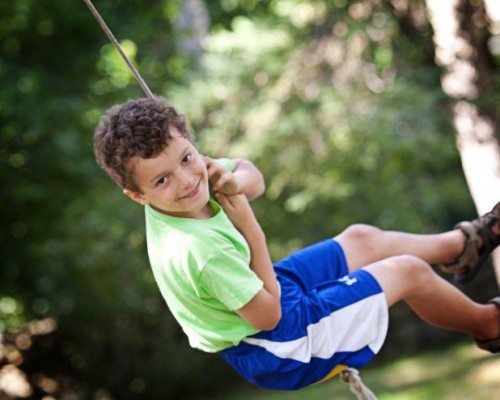A study in the medical journal Pediatrics this month showed that two treatments for ADHD –neurofeedback and computer-based cognitive training – really do work.

Nearly 1 in 10 U.S. children has been diagnosed with ADHD by a health care professional, about 5.4 million kids. I am raising one of them.
About two-thirds of these children take a medication to treat their ADHD. Medications are effective for treatment of ADHD and I do support their use under appropriate circumstances. But any ADHD treatment plan has to include “behavioral interventions.” Yes, we have to teach our kids how to pay attention. Finally, research is showing us how.
In this study, 104 elementary school children with ADHD were divided into three groups and treated with either neurofeedback or computer-based cognitive training, three times per week for five months. A third group received no therapy. All the treatment sessions occurred at school. About half of these children were taking medication for ADHD.
It worked. The children who received either therapy had better attention spans than those who received no therapy. The neurofeedback therapy was able to reduce hyperactive and impulsive behaviors, too. Six months after the therapy stopped, the children who had neurofeedback therapy seemed to retain the benefits more than the children who had cognitive training.
Neurofeedback for ADHD is a therapy that trains the brain to focus. Electrodes on the head measure electrical activity of brain waves while a child looks at a computer screen. When a child is focused, he or she can control characters on the screen with brain waves. At first, it’s hard for kids to control the characters, but in time the children learn to focus their brain activity. The type of neurofeedback therapy used in this study is expensive and time-consuming, and usually performed by a clinician in a private office setting. A similar form of neurofeedback for ADHD is becoming commercially available to the public through companies such as BrainTrain.
Computer-based cognitive training is another treatment for ADHD in which kids play brain-games to teach them to focus their attention. This study used Captain’s Log, also available through BrainTrain, although there are many similar products available.
Here’s the best part—the kids who got neurofeedback therapy improved regardless of whether they took medication. And the children who were on medication did not increase their dose over the course of a year, as would be expected due to their physical growth. The children who had cognitive therapy had a smaller increase in their medication dose compared to the children who received no therapy.
I’m impressed. I’m raising a child with ADHD and I’ve spent almost a decade trying to teach him to pay attention. After I read this study I started home cognitive therapy and neurofeedback with him.
But there is no one cure-all for ADHD. Medications help but don’t fix everything and dye-free diets don’t always work. The same is true for neurofeedback and cognitive therapy—although these treatments are promising, children with ADHD need something else—a home tailored to their needs and a parent who loves and understand them. They need a quiet study space, frequent breaks, lots of exercise, a chore chart, and routine, routine, routine. And they need a parent with patience.
I am thankful for my child with ADHD, who has taught me much patience.
How have you taught your children to focus?
Copyright 2014, Kathleen Berchelmann, MD
About the Author

Guest
We welcome guest contributors who graciously volunteer their writing for our readers. Please support our guest writers by visiting their sites, purchasing their work, and leaving comments to thank them for sharing their gifts here on CatholicMom.com. To inquire about serving as a guest contributor, contact editor@CatholicMom.com.


.png?width=1806&height=731&name=CatholicMom_hcfm_logo1_pos_871c_2728c%20(002).png)
Comments